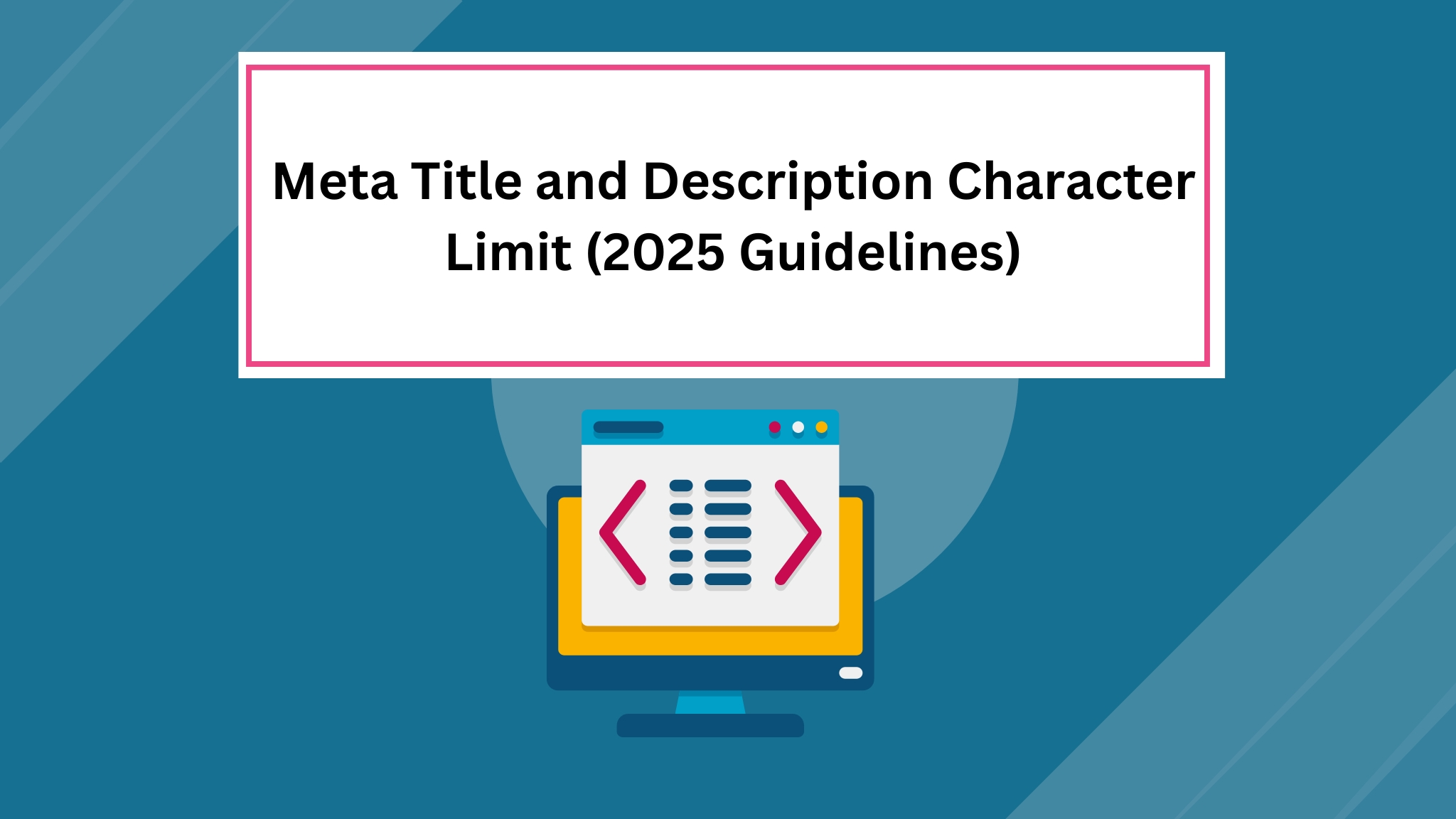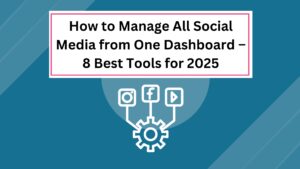In today’s digital landscape, websites and web pages are competing to attract users’ attention. With an overwhelming number of online resources, it’s crucial to stand out and provide the most relevant information concisely and effectively.
Meta titles and meta descriptions serve as the first impression of your webpage in search results. These HTML elements don’t directly impact rankings, but they influence user behavior by conveying what your content offers. A well-crafted meta title and description can enhance visibility, increase click-through rates (CTR), and ultimately boost website traffic.
In this guide, we will explore meta titles and meta descriptions in detail, including their optimal length, importance, and best practices for writing them effectively.
What Is a Meta Title?
A meta title is an HTML tag that defines the title of a web page. It appears as a clickable headline in search engine results pages (SERPs) and provides users with a brief and accurate description of the page content.

Meta Title Best Practices:
- Include primary keywords naturally.
- Keep it concise yet descriptive.
- Use action words to engage users.
- Maintain uniqueness across all pages.
- Ensure it aligns with the page content.
Ideal Meta Title Length
The recommended length for a meta title is 50-60 characters or up to 580 pixels to avoid truncation in SERPs. If the title exceeds this limit, Google may cut off part of it, which can affect readability and impact click-through rates.
What Is a Meta Description?
A meta description is an HTML tag that summarizes the content of a web page. It appears below the meta title in search results and provides users with a preview of what they can expect from the page.

Meta Description Best Practices:
- Summarize the content concisely.
- Incorporate relevant keywords.
- Maintain a natural, readable flow.
- Use a persuasive tone with a call-to-action (CTA).
- Avoid duplication across pages.
Ideal Meta Description Length
The optimal length for a meta description is 150-160 characters or 430-920 pixels. If it exceeds this range, search engines may truncate it, affecting its effectiveness.
Why Do Meta Titles and Meta Descriptions Matter?
Although they are not direct ranking factors, meta titles and descriptions significantly influence user behavior and engagement by:
- Improving click-through rates (CTR).
- Providing users with clear expectations.
- Enhancing brand awareness and credibility.
- Assisting search engines in understanding page content.
A compelling meta title and description encourage more users to visit your website, indirectly contributing to higher rankings and better search performance.
How to Write a Crisp Meta Title and Meta Description?
1. Provide a Solution to a Query
Your meta description should answer a question or solve a problem related to user intent. Make sure it highlights the core value of your content.
2. Use Your Brand’s Voice
Maintain consistency in tone and style across all pages. Whether your brand voice is formal, friendly, or authoritative, ensure your meta description reflects it.
3. Include Relevant Keywords
Although Google does not use meta descriptions for ranking, keywords still play a role in search visibility. Google highlights search query keywords within descriptions, making them stand out.
4. Make It Concise and Clear
Avoid fluff and ensure every word adds value. A clear, precise meta description increases user engagement and clicks.
5. Keep It Unique
Duplicate descriptions can confuse users and harm SEO. Ensure each page has a distinct title and description relevant to its content.
6. Add a Call to Action (CTA)
A strong CTA encourages users to take action. Examples include “Learn More,” “Read Now,” “Shop Today,” and “Try for Free.”
FAQs Related to Meta Title and Meta Description
1. Does a Meta Description Affect Search Rankings?
No, meta descriptions are not a direct ranking factor. However, they impact CTR, which indirectly influences rankings.
2. Where Can I See Meta Descriptions in HTML?
You can find meta descriptions in the <head> section of the page’s HTML markup.
3. What Happens If My Meta Description Is Too Long?
Google may truncate the description, cutting off important information and reducing its effectiveness.
4. Can I Leave the Meta Description Blank?
Yes, but if you do, search engines will generate one automatically, which may not be optimal for attracting users.
5. What Are Some Good Meta Description Generator Tools?
Popular tools include Yoast SEO, SEMrush, Rank Math, Ubersuggest, and Writesonic.
6. Can I Use Emojis or Special Characters in Meta Descriptions?
Yes, but use them sparingly and ensure they maintain readability and professionalism.
7. Does Meta Title Length Affect SEO Rankings?
No, but a well-optimized meta title improves CTR, which can positively impact rankings.
8. What Happens If I Use Duplicate Meta Titles?
Duplicate meta titles can confuse search engines and users, potentially lowering rankings.
Conclusion
Meta titles and meta descriptions are crucial elements for improving search visibility and attracting users. Keeping them concise, unique, keyword-optimized, and engaging will increase your CTR and overall SEO performance. Ensure they are within the recommended character limits to avoid truncation and enhance user experience.
By applying these best practices, you can make your content more compelling, drive more traffic to your website, and ultimately improve your online presence in 2025 and beyond.




